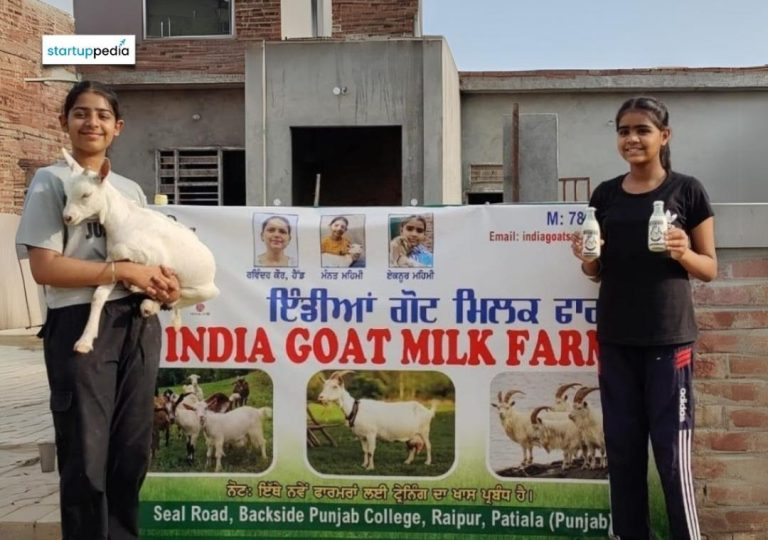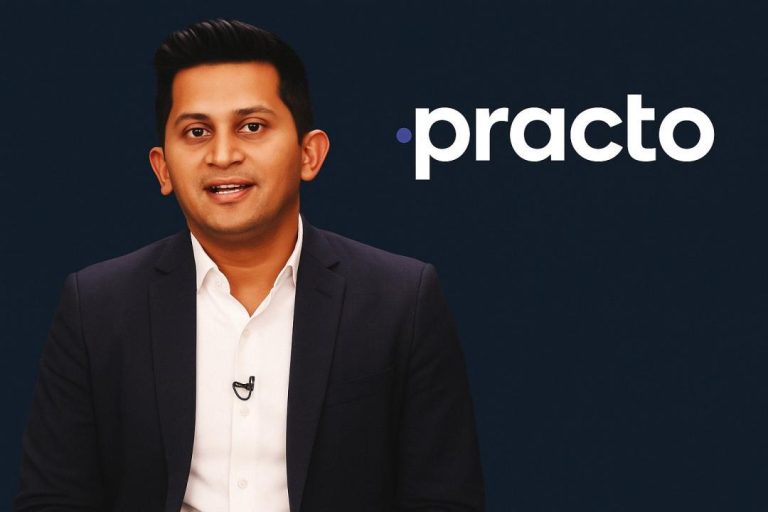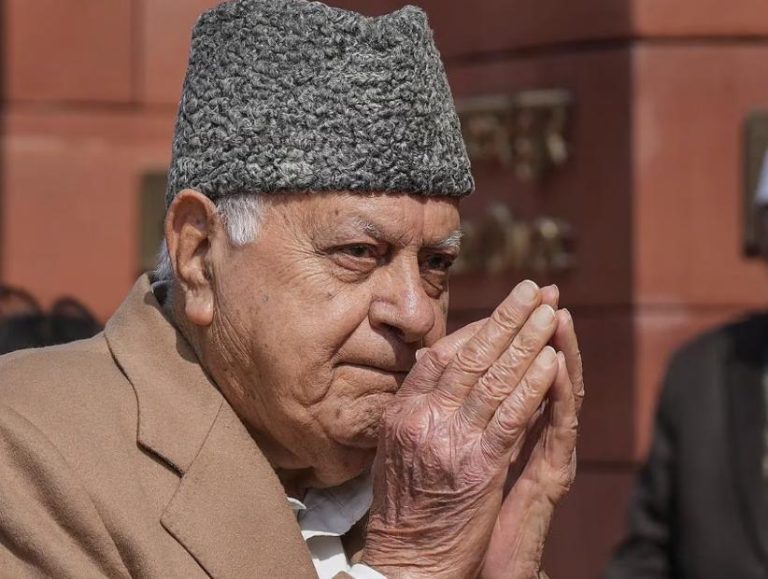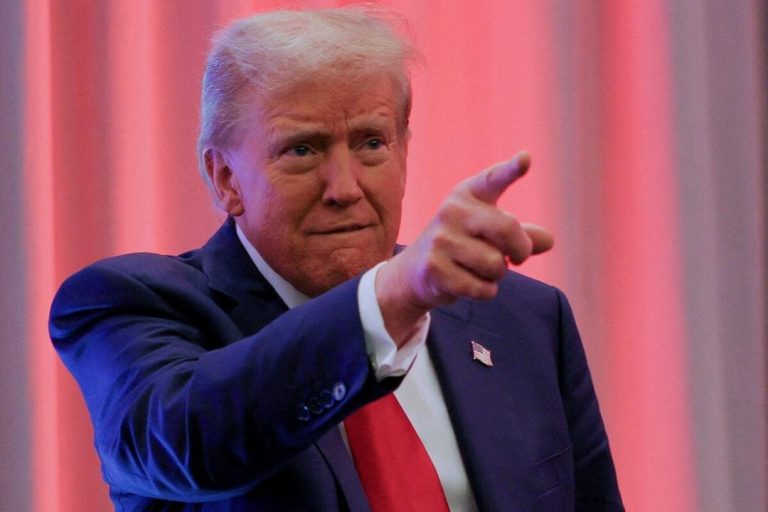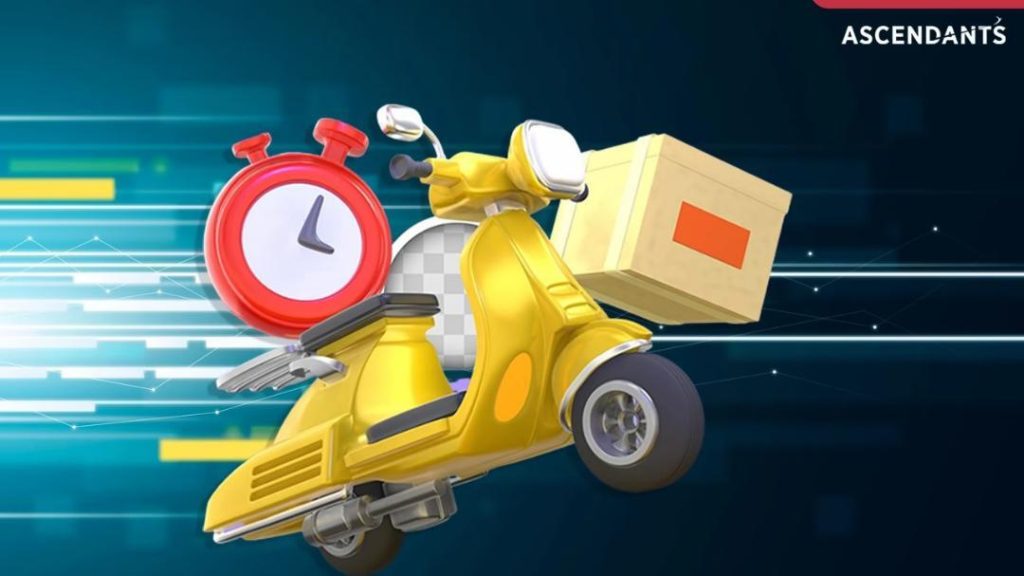
India’s New Obsessions: Quick Commerce & Short Drama Apps
The digital landscape in India has been witnessing a significant surge in recent years, with new trends and habits emerging rapidly. Two such obsessions that have captured the attention of urban Indians are quick commerce and short drama apps. These platforms have not only disrupted traditional business models but have also transformed the way consumers behave and interact with digital content.
Quick Commerce: The Rise of 10-Minute Deliveries
Quick commerce, also known as instant delivery or flash delivery, has been making waves in India. The concept is simple: consumers can order groceries, food, and other essentials online and receive them at their doorstep within 10-15 minutes. This convenience has led to a surge in demand, with quick commerce platforms crossing ₹7,500 crore in FY24. What’s more, a whopping 68% of metro users order at least twice a week, making it a staple in many urban households.
The success of quick commerce platforms can be attributed to their ability to offer same-day or next-day delivery, something that traditional e-commerce platforms often struggle to deliver. The speed and convenience of these platforms have made them a go-to option for busy urban dwellers who value their time and want to avoid the hassle of going to physical stores.
Short Drama Apps: The Rise of 3-Minute Entertainment
Short drama apps have been another area of growth in India’s digital landscape. These apps offer bite-sized episodes of TV shows, movies, and original content, often lasting between 3-15 minutes. The popularity of these apps has been remarkable, with 300 million users in 2025, a 40% increase from 2023. Ad revenues have also been impressive, hitting ₹2,000 crore in 2024.
The success of short drama apps can be attributed to their ability to offer a quick and convenient way to consume entertainment content. In today’s fast-paced world, consumers often find it challenging to dedicate hours to watching TV shows or movies. Short drama apps offer a solution to this problem by providing bite-sized episodes that can be easily consumed during breaks or while commuting.
Innovation and Personalization: The Key to Success
So, what sets these quick commerce and short drama apps apart? The answer lies in their innovative approaches to speed and personalization.
Quick commerce platforms have focused on building a strong logistics infrastructure, ensuring that orders are processed and delivered quickly. They have also invested in technology, using algorithms to optimize delivery routes and minimize wait times. This has enabled them to offer a seamless and efficient experience to consumers, making them return to these platforms again and again.
Short drama apps, on the other hand, have focused on offering personalized content to their users. They use machine learning algorithms to understand user preferences and recommend content that is likely to engage them. This ensures that users always find something that appeals to them, making them come back for more.
Transforming Consumer Behavior
The rise of quick commerce and short drama apps has had a significant impact on consumer behavior in India. These platforms have redefined the way consumers interact with digital content, valuing speed, convenience, and personalization above all else.
For consumers, the benefits are clear: they can get what they need quickly and easily, without having to leave their homes. This has led to a shift away from traditional brick-and-mortar stores and towards online platforms that can offer the same level of convenience.
For businesses, the opportunities are vast. Quick commerce platforms have created new revenue streams and job opportunities, while short drama apps have opened up new avenues for content creators and advertisers.
Conclusion
India’s digital surge is a testament to the country’s growing appetite for innovation and technology. The rise of quick commerce and short drama apps has transformed the way consumers behave and interact with digital content, valuing speed, convenience, and personalization above all else. As these platforms continue to innovate and evolve, it will be exciting to see how they shape the future of consumer behavior in India.
